Co-creating Community Solutions to Compound and Complex Extreme Heat Impacts Across the U.S.
The Climate Adaptation Partnerships (CAP) program, managed by NOAA’s Climate Program Office, funds teams of experts that work across a diverse range of sectors and with urban and rural communities, and local, state, and Tribal governments, on their cross-sectoral climate adaptation needs. Topics can include infrastructure and the built environment, public health, small business resilience, utilities, city and town planning, among others.
CAP was an early funder of heat research in the federal government. The program has supported projects on extreme heat since the early 2000s, contributing to new and applied knowledge related to heat mitigation, adaptation, planning, and decision making, vulnerability studies, heat and human health, urban heat island effects, green infrastructure, indoor temperature exposure, and heat-related mortality and morbidity. Additionally, projects examine potential complex, compound stressors that could exacerbate the impacts of extreme heat, or could present challenging decision-making contexts when considering the best pathways for adaptation actions.
The examples below offer a snapshot of heat health research and community engagement activities the CAP network conducts. Please note this list is not a comprehensive collection of all heat health work funded through the network. To review additional heat-related CAP projects, please visit the CAP Project Database.
Extreme Heat Efforts Across the NOAA Climate Adaptation Partnerships Network
Supporting Household Health Adaptation To The Compound Events Of Extreme Heat And Wildfire Smoke

Funded through the Bipartisan Infrastructure Law (BIL), Supporting Household Health Adaptation To The Compound Events Of Extreme Heat And Wildfire Smoke is a regional comparative project in the West and Pacific Northwest regions that focuses on underserved communities in northern Nevada and central Washington. The goal is to advance actionable knowledge of the potential for social infrastructure to mitigate vulnerability to extreme heat and wildfire smoke. Social infrastructures are defined here as the variety of structures that support social connections. This can include physical infrastructures that connect people and services like roads, utilities, housing, hospitals that support socio-economic well-being; the structures that provide social services, like health care, child care, employment opportunities, insurance, and safety measures; and the structures that provide social relations like language access, families or religion. The project presents an emergent collaboration on extreme heat and health between the California Nevada Adaptation Program (CNAP) CAP team and the Northwest Climate Resilience Collaborative (NCRC), the Pacific Northwest CAP team.
Broader impacts of these efforts include increased potential to achieve more optimal and equitable health outcomes in underserved communities by enhancing the capacity of partner community-based organizations (CBOs) to conduct community-centered educational outreach and environmental monitoring related to extreme heat and wildfire smoke; informing key county and local government, nonprofit, and CBO decision-makers about social infrastructure gaps, needs, and strengths in underserved communities related to extreme heat and wildfire smoke; and equipping those same decision-makers with solutions for addressing the social infrastructure gaps and needs and for enhancing the strengths.
The Southern Nevada Heat Resilience Lab (SNHRL)
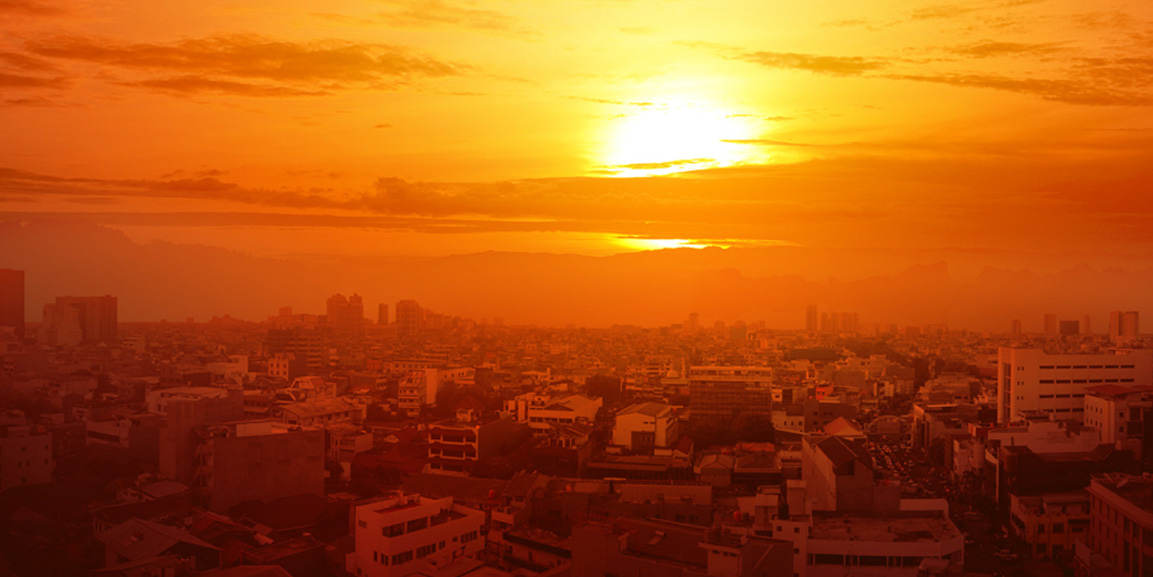

The Southern Nevada Heat Resilience Lab (SNHRL) was launched by the California Nevada Applications Program (CNAP) CAP team in 2023. The SNHRL is a regionally focused social learning space developed around a community of practice on extreme heat management and health that brings together public service providers (social services, urban planners, emergency responders, etc.) who understand the needs of their communities and are active in implementation decisions with researchers and experts who can bring new data, modeling, and design options in an iterative process of mutual learning. It builds on the “urban lab” approach, which brings together urban planners and community organizations with researchers who assist in designing potential solutions. The SNHRL will focus on extreme heat events, accounting for the complexities of environmental equity and justice, social vulnerability, information needs for decision makers, and concerns such as growth and increasing water scarcity. This approach will increase the capacity for Southern Nevada to address climate change and implement effective and just adaptation.
The goal for this effort is to develop effective strategies for reducing the temperatures that people experience in their daily lives that are suitable for different socio/built environments and diverse populations. The SNHRL centers the co-production of heat adaptation and resilience strategies with the people and communities that are most impacted by heat. Centering frontline communities can better leverage local knowledge to develop and promote equitable and implementable heat adaptation approaches.
Creation of New York City’s Social Vulnerability Index – A Heat-Health Project
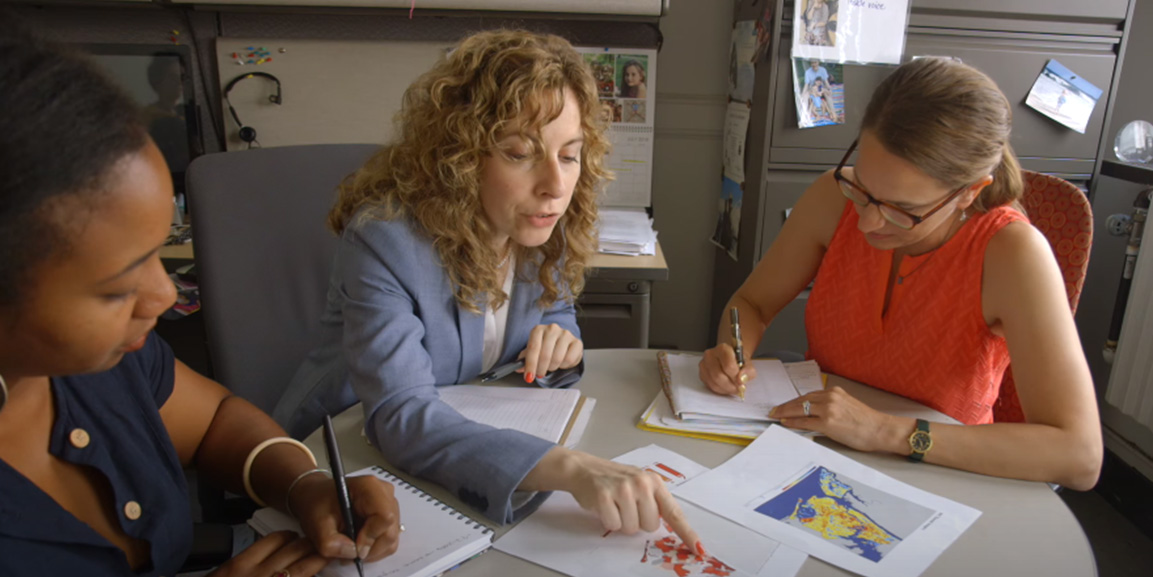

The frequency of extreme heat days is expected to increase in the future, and such events are associated with increased morbidity and mortality. Mortality during heat waves varies widely within a city. Understanding which individuals and neighborhoods are most vulnerable can help guide local preparedness efforts. The Consortium for Climate Risk in the Urban Northeast (CCRUN), the Urban Northeast CAP team, built on existing partnerships with the New York City Department of Health and Mental Hygiene, the New York City Mayor’s Office of Recovery and Resiliency, and a community group called THE POINT, to address these and other impacts of extreme heat on city residents. CCRUN researchers developed a Heat Vulnerability Index (HVI) that combines metrics proven to be strong indicators of heat risk through validation with health data and that describes both social and physical characteristics.
The index has been key to identifying neighborhoods within New York City that are most vulnerable to heat, and has been used by the NYC Health Department to target their communications during heat events. The HVI has also informed the NYC Mayor’s heat policy initiatives, including the development of the $106 million Cool Neighborhoods NYC program by the NYC Mayor’s Office of Recovery and Resiliency. The HVI was used in the Cool Neighborhoods NYC program to target the high heat risk populations by prioritizing neighborhoods for investment in cooling and adaptation strategies, including tree planting ($82 million additional investment), cool roofs ($2.6 million additional investment), and the Be a Buddy program ($930,000), a community-led health initiative to enhance social cohesion for better extreme heat preparedness.
City-HEAT Tool
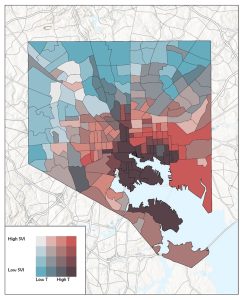

In 2023, team members from the Mid-Atlantic Regional Integrated Sciences and Assessments (MARISA), the Mid-Atlantic CAP team, published a new adaptation tool, City-Heat Equity Adaptation tool (City-HEAT).
With extreme heat events growing in intensity, frequency, and duration, cities are using various heat adaptation strategies to improve public health and social equity. The urban heat island effect makes cities hotter than rural areas due to the increased concrete and pavement absorbing heat. City-HEAT supports urban heat adaptation planning through the optimization of multiple adaptation objectives, considers numerous future scenarios and adaptation actions, and generates adaptive plans at fine temporal (annual) and spatial (sub-city) resolutions. City-HEAT can be adapted to the natural, built, and social environments for researchers and city-planners to support local city heat adaptation planning. Supplemental funding for the development of City-HEAT came from the National Integrated Heat Health Information System (NIHHIS) through the NOAA Climate Program Office Extreme Heat Risk Initiative.
Extreme Heat, Land Use, and Planning
The Climate Assessment for the Southwest (CLIMAS) was one of the earliest CAP programs to conduct heat research. CLIMAS team member Ladd Keith has led efforts to better understand and plan for extreme heat, studying the use of urban heat island and heat increase modeling in land use and decision-making as well as the role urban planning has on urban heat governance. CLIMAS co-developed the Plan Integration for Resilience Scorecard for Heat (PIRS™ for Heat), a resilience scorecard similar to flood resilience scorecards, which has been adopted as a national standard and resource for building local capacity by the American Planning Association.
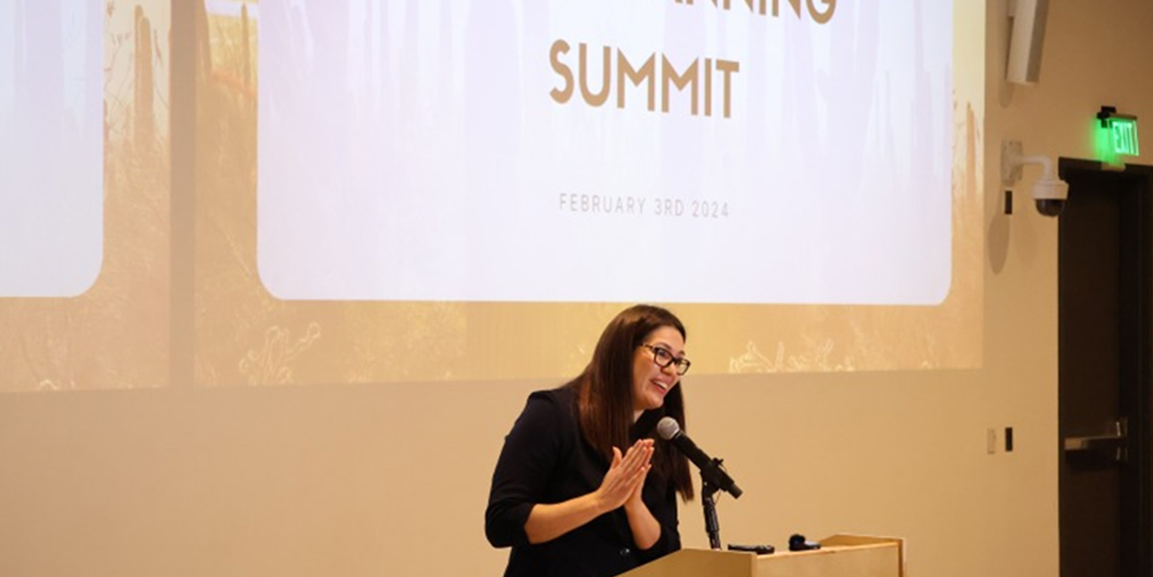

CLIMAS is currently focusing on rural heat impacts. In February 2024 CLIMAS co-organized the 2024 Southern Arizona Heat Planning Summit along with the City of Tucson, Pima County, and the University of Arizona College of Architecture, Planning and Landscape Architecture (CAPLA), and the Mel and Enid Zuckerman College of Public Health (MEZCOPH). The summit gathered emergency managers, health practitioners, heat-related practitioners, and community members to collaborate on possible methods to prepare for future heat waves and prioritize mitigation and management strategies. CLIMAS also supported the first emergency heat planning summit for New Mexico in April 2024. Additional information will be available on CLIMAS’s website later this year.
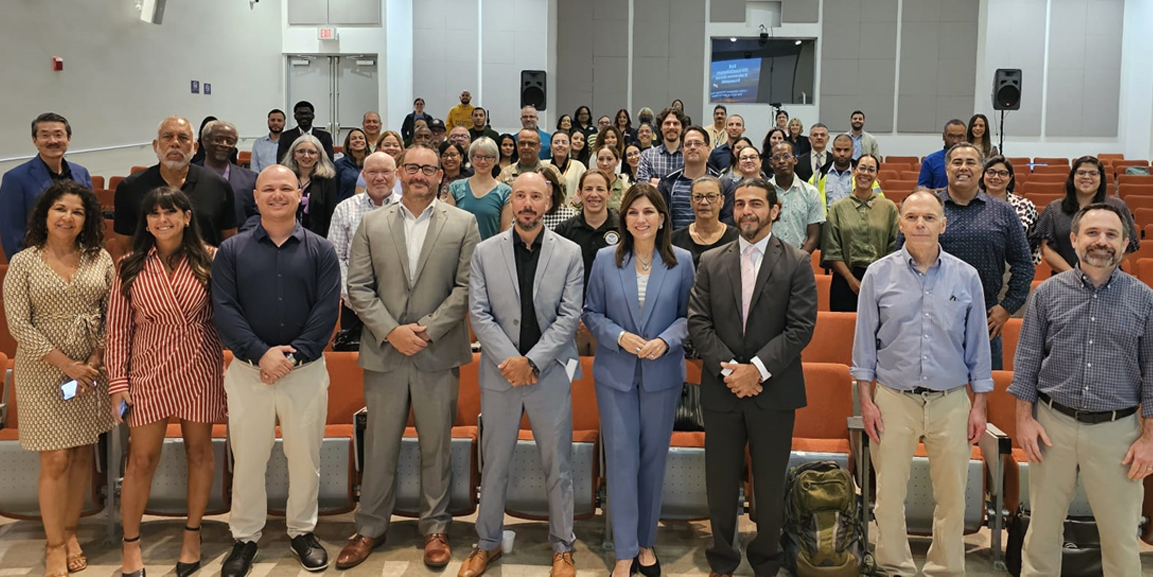

Heat summits congregate stakeholders to connect them with relevant research and tools, like the ones shared above, and to strategize and plan for extreme heat events and impacts. The Climate Caribbean Adaptation Network (CCAN) hosted the first US Caribbean Extreme Heat Summit in February 2024, with additional support from the National Science Foundation. The event brought together 200 people and 2,500 virtual attendees from Puerto Rico, the US Virgin Islands, and representatives from additional Caribbean islands.
Continued Research: Perception of Extreme Heat in Educational Institutions
With a naturally warmer climate, people in the US Caribbean often do not perceive excessive heat as a danger. However, due to human-induced climate change, heat and humidity are reaching dangerous levels in the region. Schools and educational campuses serve as critical infrastructure as a significant percentage of communities spend their time there. An active research project co-led by the Climate Caribbean Adaptation Network (CCAN) aims to understand the perceptions and experiences of employees at educational institutions regarding extreme heat, and to seek solutions to better adapt to this new climate reality.
The research team is looking for participants employed at any public or private educational institution and over 21 years old. Learn more about the project and how to participate.


